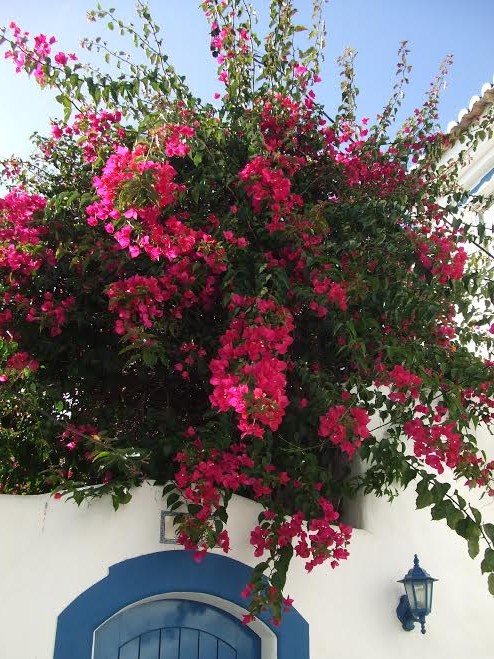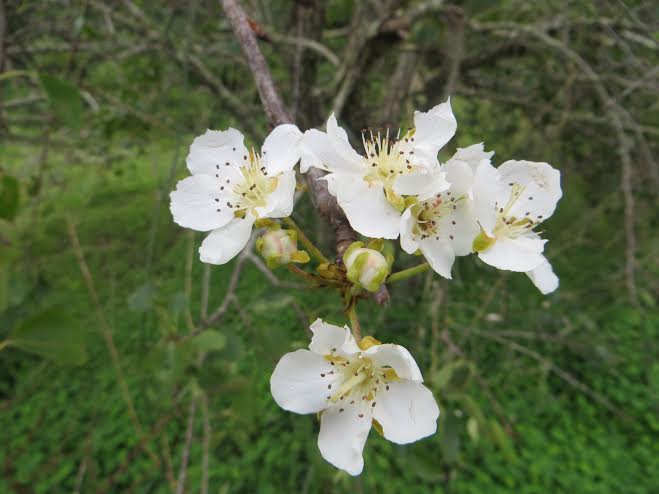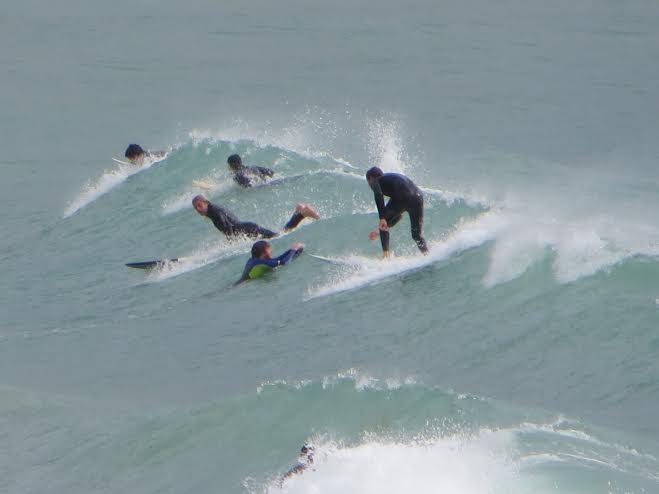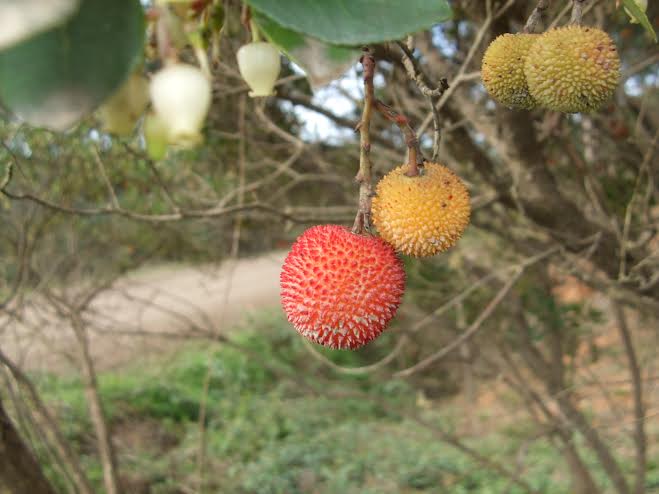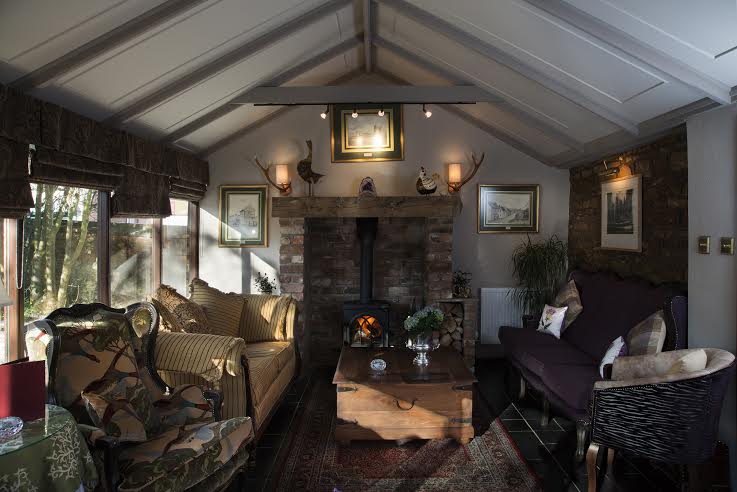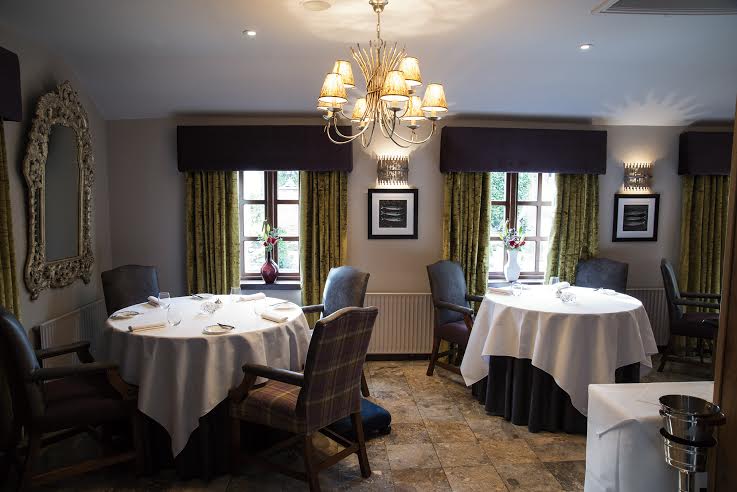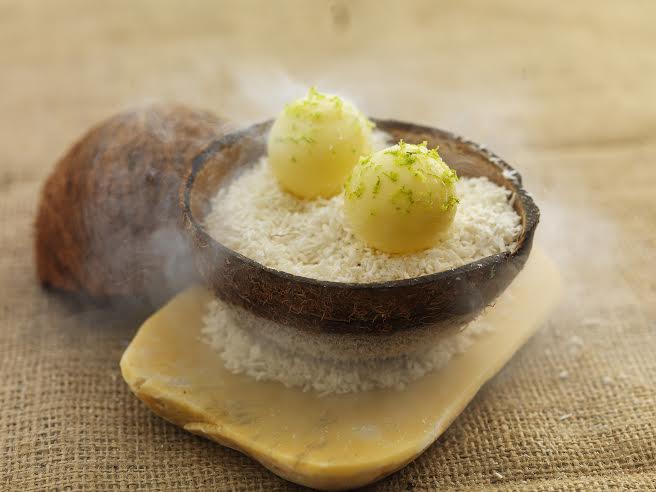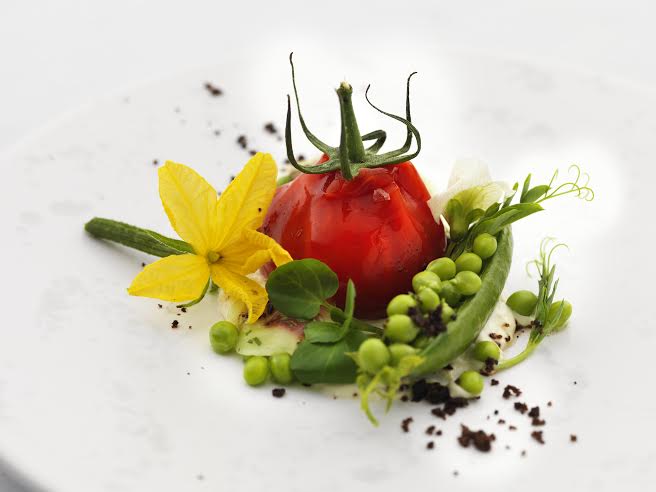At the stroke of midnight, an explosion of fireworks cascaded over the medieval village of Force, in Le March on the east coast of Italy, marking the end of one year and the start of the next. My family and I remained in our house, relaxing and drinking our local wine while we watched the display.
It was the best way for us to enjoy the celebrations this year, because, after a Christmas with lots of friends and relatives, the children were whacked. They loved the skating on the rink put on this year in the town square particularly, so the local bars and restaurants will have to wait for next year, before we join them for their fabulous New Year celebrations.
So what brought me to Italy in the first place?
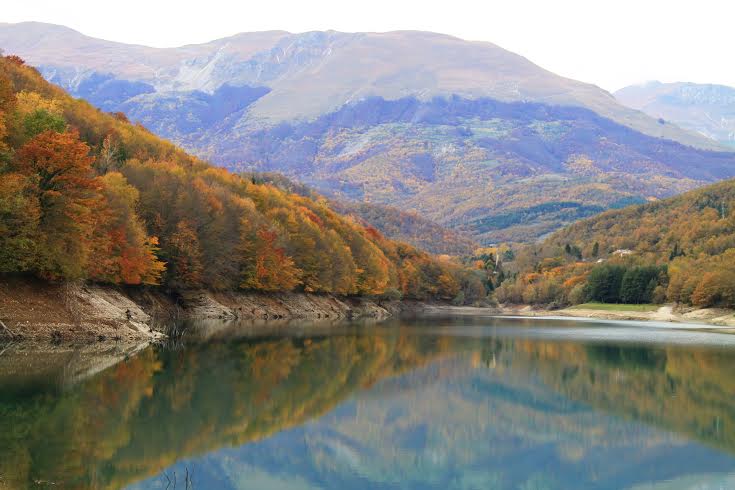
I suppose it was the same as so many other people: the stunning countryside, the wine, the food, the lyrical language, and of course the Mediterranean warmth. Italy is full of history and culture and this is what intrigued me when I first visited the country at the age of eighteen. I was introduced to the Le Marche area, by friends. It was the up and coming place to buy, ‘the new Tuscany it was labeled, but a lot cheaper
On my first morning in the area, I threw open the slatted shutters of my rental accommodation and the view was more than breathtaking: the mauve coloured mountains stood out like giants in front of me stretching out from the valley. Even to this day, though I live here, and could become careless of its charms, this stunning area never ceases to impress, especially with the changing seasons and weather.
Today, in early new year, we have the magical deep snow of winter contrasting with the deep blue skies, or the tumble of snow clouds, before moving onto the rich greens of the rolling hillsides, in the hazy heat of the summer.
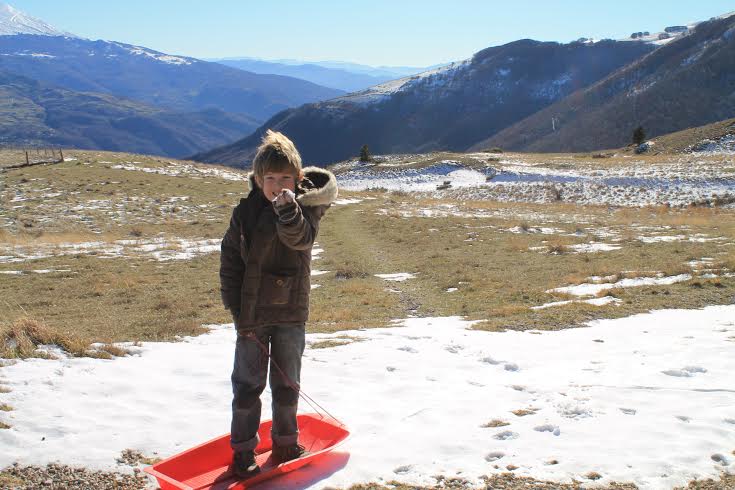
I won’t say the twelve years here have not been challenging with Le Marche’s old antiquated ways, which often make us feel that we are living in a world that is closer to the UK fifty or sixty years ago. But of course, that is part of the reason for be being here in the first place.
Things are so different. If a house starts to crumble, a house that has been in the same family for generations, the family just build another next to it.
‘Piano, Piano’ is the common expression meaning ‘slowly, slowly’ everything in good time, which gives you time ‘to smell the roses’. You have to learn a completely different pace, and to remain laid back when the work that needs to be done for you, takes forever.
Here, in Le Marche, they inhabitants grow their own food, and breed their own animals. The small hamlets and villages are full of culture, their individual history not to mention a long line of local families. Each area has its own dialect, which makes learning the language challenging.
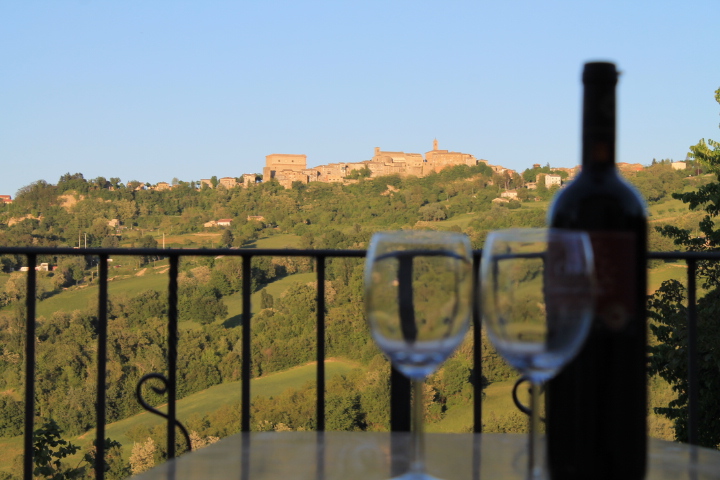
Those native to Le Marche are slow to embrace you but if you, in turn, embrace the local environment and activities, you one become part of their community more quickly than you would have thought possible.
So, come, if you are thinking of a new life at the start of 2015. Just remember that you are not living in an ex-pat community. You will need to live as the Le Marche people do. Live, drive (an experience) work and local schooling can all help one to settle
I still struggle to adapt sometimes, but trust me, letting the old ways go and doing things the Italian way instead opens up your life more than you could ever hope.
So, what do we do, here, to earn a living? My boys have taken up most of my time up while my partner has found some building work, some house maintenance, or gardening. Whatever is about reallya little house maintains, gardening whatever is about really. As time has passed and the house has become more together, we have decided to start adventure holidays.
The area is packed with activities: mountain bike tracks, 4×4 off-roading, climbing, horse riding, rafting, beaches. This coming year we are hoping to provide accommodation above and beyond our existing self-catering apartment for back-packers, as the hiking potential in this area is limitless, in addition to our self-catering apartment.
You can see that our life here is a work in progress, but it is such a good life, though a hard working one. Like I always say to our two boys nothing is easy without a little effort.




